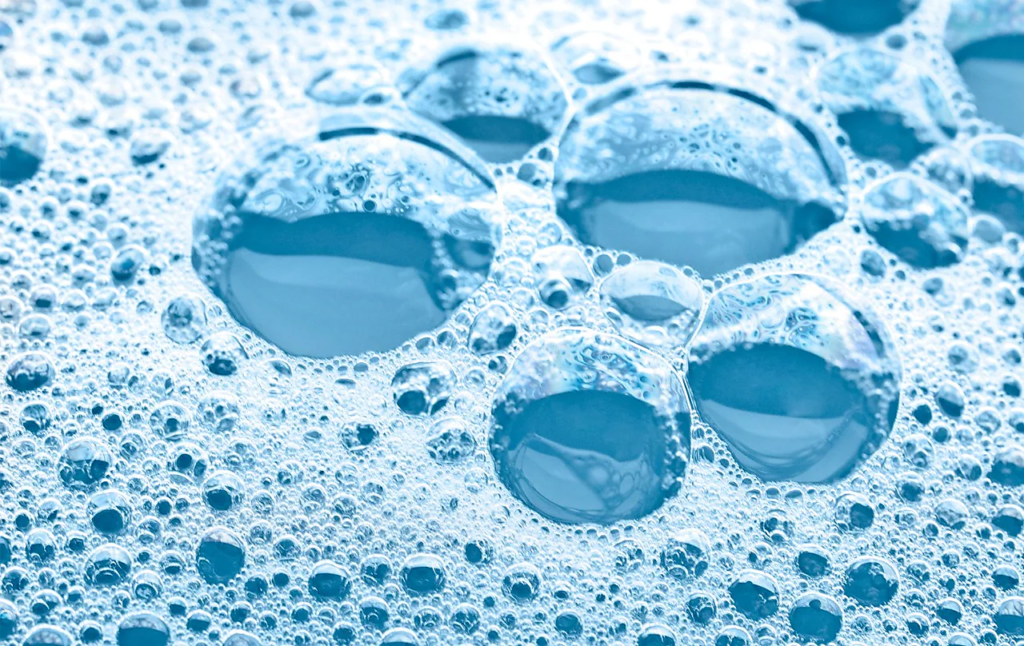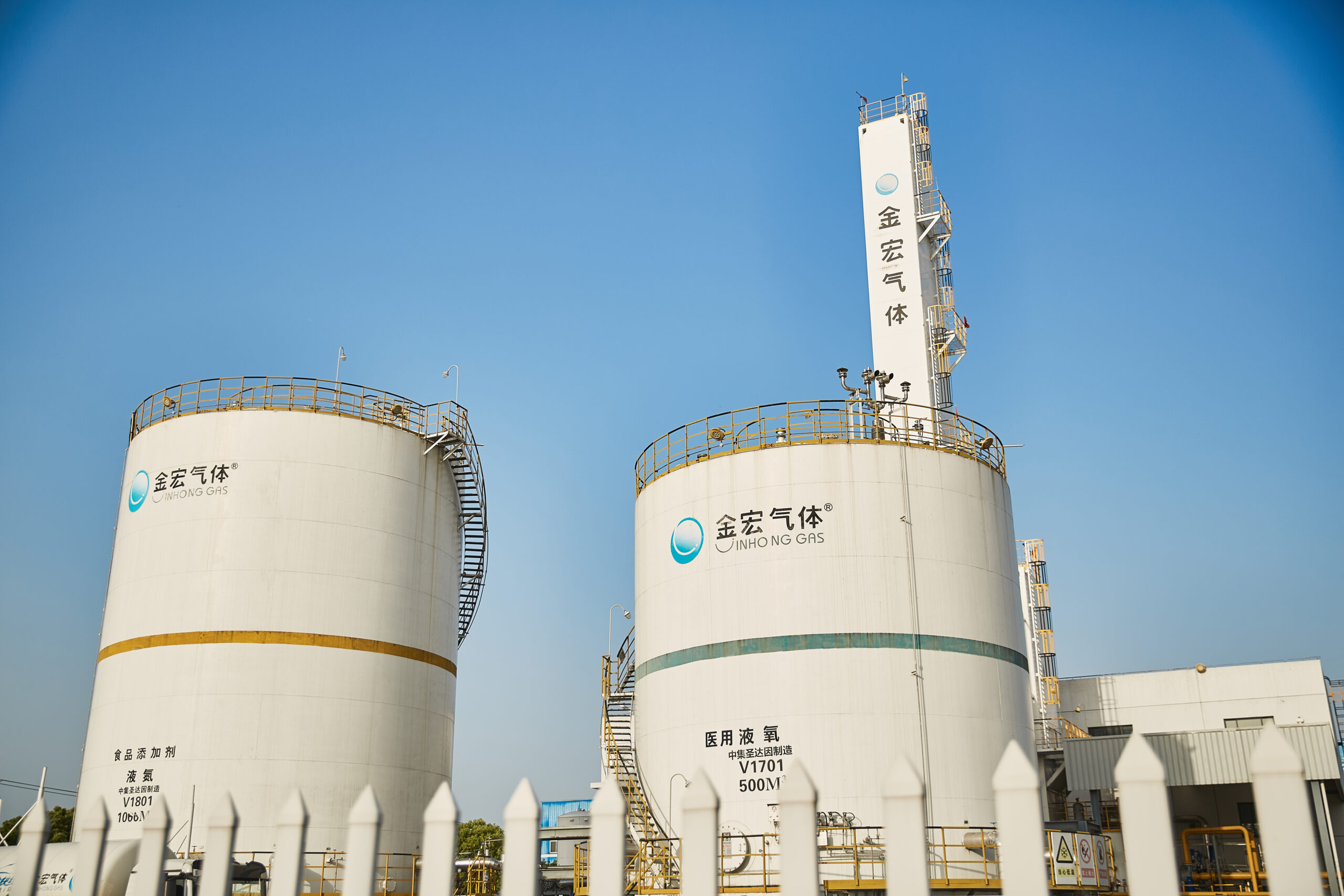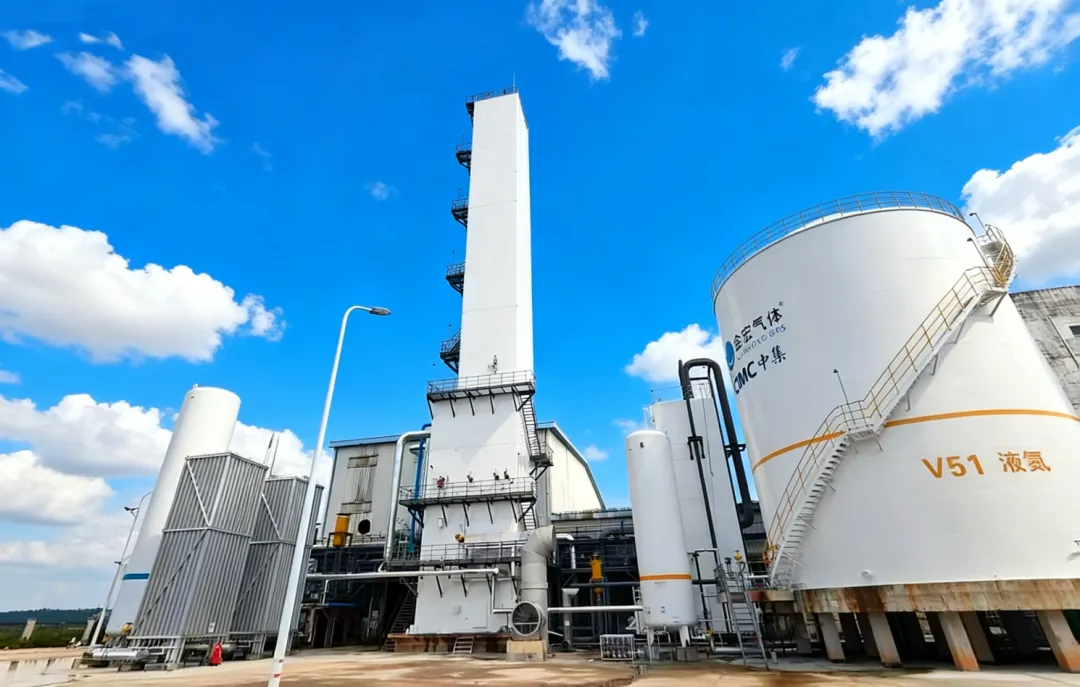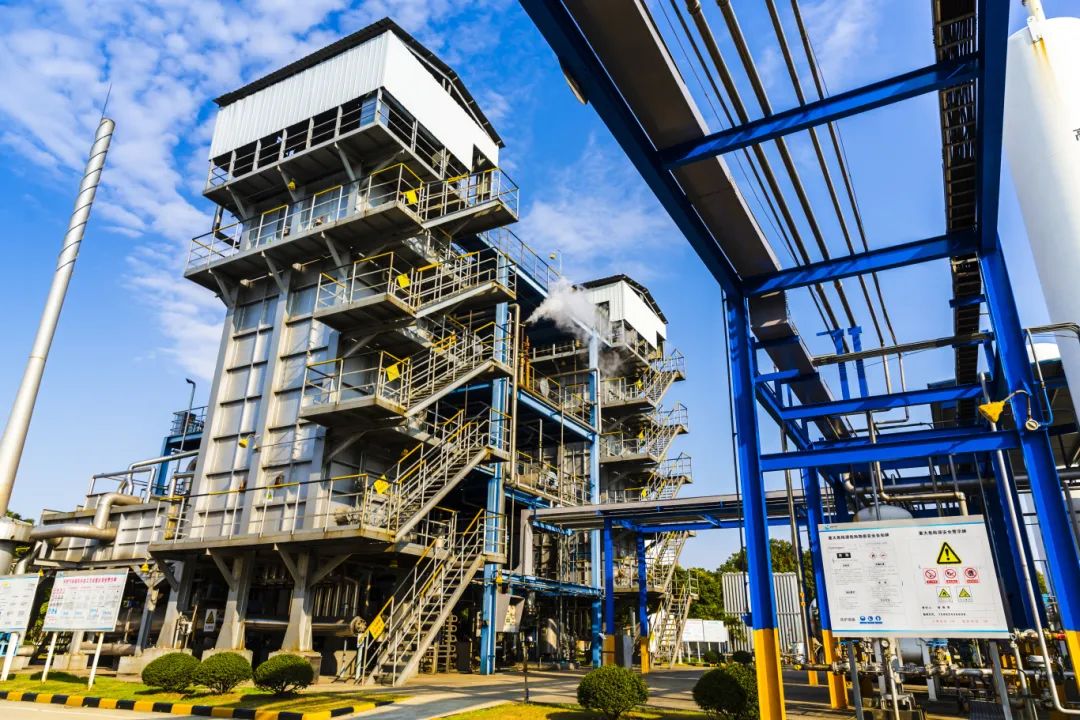What is Oxygen and Acetylene GasWhat is Oxygen and Acetylene Gas?
Oxygen and acetylene gas are widely used together in many industries. When mixed, oxygen acts as an oxidizer and acetylene as a fuel, producing a flame hot enough to melt and cut metals. The flame temperature can reach 3,500°C (6,332°F), making this combination ideal for welding, cutting, and heating metals.
Key Applications of Oxygen and Acetylene Gas
This gas mixture has many uses, especially in industries that work with metals:
- Welding: Oxygen and acetylene gas are essential for oxy-acetylene welding. The flame melts the metal edges to join them together.
- Cutting: The combination can easily cut through thick metals like steel and iron.
- Heating: The gas mixture heats metals to make them easier to shape and weld.
- Brazing and Soldering: In these processes, oxygen and acetylene help create strong bonds by melting a filler material between metal parts.
- Art and Sculpting: Artists use the combination for creating intricate designs in metal.
Why Choose Oxygen and Acetylene Gas?
Oxygen and acetylene gas are popular for several reasons:
- High Flame Temperature: The flame can reach up to 3,500°C (6,332°F), which is perfect for heavy-duty tasks.
- Portability: The gas cylinders are easy to transport to different job sites.
- Precision: The flame can be controlled for detailed and accurate work.
- Versatility: This combination works with many metals, such as steel, copper, and aluminum.
- Efficiency: Oxygen and acetylene create clean, fast cuts and welds, saving time and effort.
Safety Tips for Using Oxygen and Acetylene Gas
Handling oxygen and acetylene gas requires caution. Here are essential safety tips:
- Store Cylinders Properly: Always store the gas cylinders in an upright position, away from heat and flammable materials.
- Check for Leaks: Inspect hoses and connections before use to prevent leaks.
- Install Flashback Arrestors: These devices stop flames from traveling back into the cylinder.
- Avoid Oil and Grease: Never use grease or oil on oxygen fittings. These substances can cause dangerous reactions.
- Ensure Proper Ventilation: Always work in a well-ventilated area to avoid gas buildup.
- Wear Protective Gear: Wear gloves, goggles, and flame-resistant clothing for safety.
Benefits of Using Oxygen and Acetylene Gas
Here are some benefits of using this gas combination:
- Cost-Effective: The equipment is affordable, and the gases are readily available.
- Quick Heating: The flame heats metal quickly, making the process faster.
- Clean Results: The process creates clean cuts and welds, reducing the need for extra work.
- Easy Availability: Oxygen and acetylene are widely available worldwide.
Frequently Asked Questions (FAQs)
1. How does oxygen and acetylene gas compare to other welding gases?
Oxygen and acetylene produce a much higher flame temperature than other gases, making them ideal for cutting and welding thicker metals.
2. Can oxygen and acetylene cut through thick metals?
Yes, this combination can easily cut through materials like steel and iron, even if they are thick.
3. Is it safe to use oxygen and acetylene gas for art?
Yes, as long as you follow safety protocols. Many artists use this combination for metal sculpting and intricate designs.
Conclusion
Oxygen and acetylene gas are essential tools for welding, cutting, and heating. Their high flame temperature, precision, and versatility make them invaluable in many industries. By following safety guidelines, you can make the most of this powerful gas combination.




